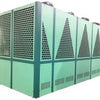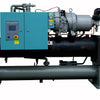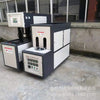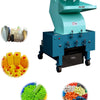Design, Applications, and Market Trends of Car Insulated Cooler Boxes Abstract
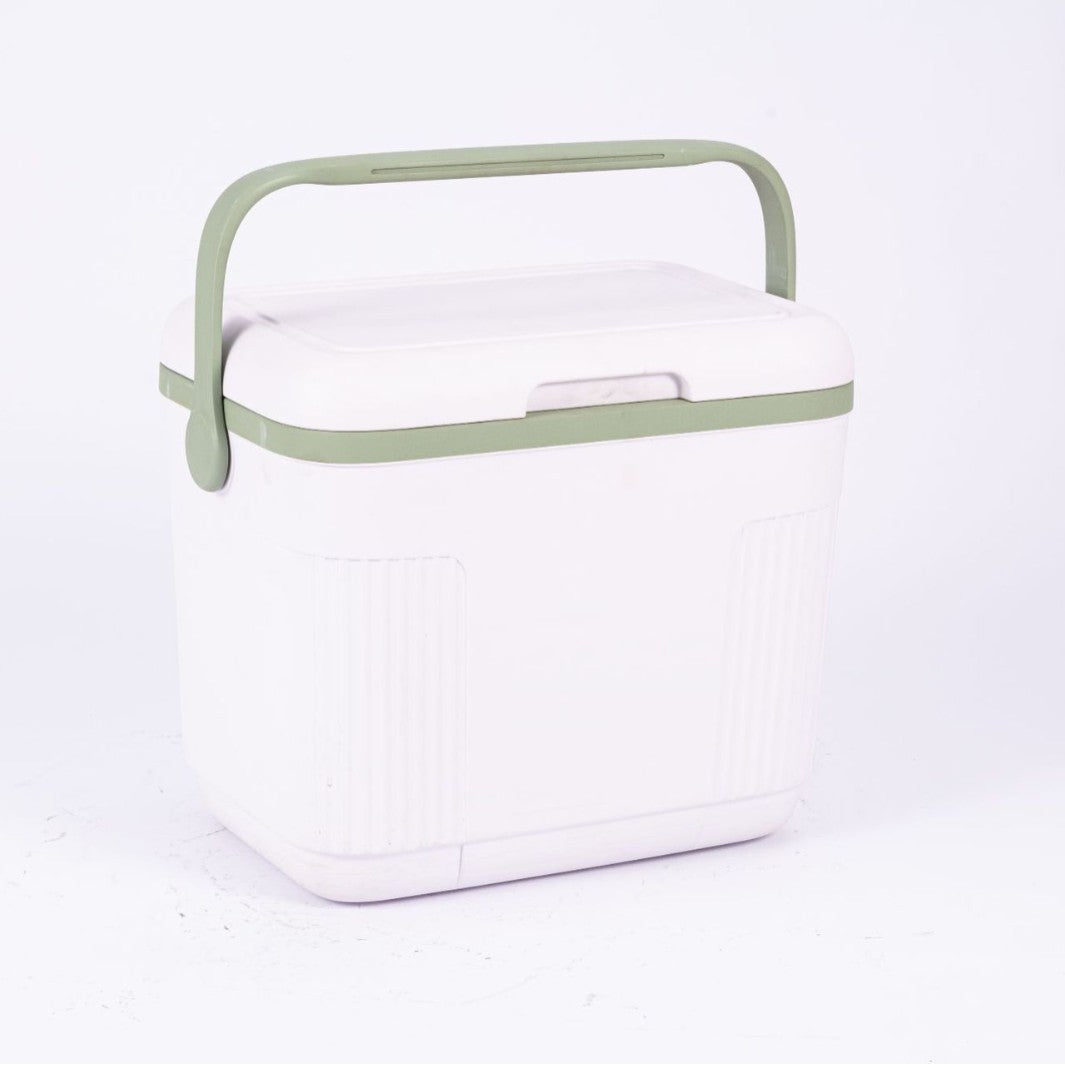
1. Introduction
With the rise of outdoor activities, automotive travel, and cold chain logistics, car insulated cooler boxes have become indispensable for preserving food, beverages, and temperature-sensitive items. Unlike active refrigeration systems (e.g., car refrigerators), these boxes do not rely on electricity or mechanical cooling. Instead, they utilize advanced insulation materials to minimize heat transfer, ensuring contents remain at a stable temperature for extended periods. This paper examines their design principles, applications, and evolving market landscape, emphasizing their role in reducing energy consumption and enhancing mobility.
2. Technical Design and Principles
2.1 Core Components
A car insulated cooler box typically consists of the following components:
-
Insulation Layer:
- Materials: Polyurethane (PU) foam, expanded polystyrene (EPS), or vacuum-insulated panels (VIPs) are commonly used. PU foam, as noted in the knowledge base, provides superior thermal resistance compared to EPS.
- Structure: The insulation layer is sandwiched between an inner core (food-grade LLDPE) and an outer shell (durable polyethylene or ABS plastic).
-
Sealing Mechanism:
- Airtight lids with rubber gaskets prevent heat exchange and maintain internal temperature.
-
Cooling Enhancers:
- Gel Ice Packs: Pre-frozen "tech ice" packs (e.g., phase-change materials) extend cooling duration.
- Vacuum Technology: Innovations like ultra-thin vacuum insulation (as seen in the 2025艾凯控股 patent) improve efficiency.
2.2 Manufacturing Process
Modern cooler boxes are often produced via rotational molding (rotomolding), ensuring seamless, impact-resistant construction. This method, as described in the knowledge base, allows for uniform insulation thickness and durability in harsh environments.
2.3 Thermal Performance Metrics
-
Temperature Retention:
- Ice retention ranges from 24 hours (basic models) to 7+ days (premium models with tech ice).
-
Material Impact:
- LLDPE (linear low-density polyethylene) provides UV resistance, chemical stability, and non-toxicity, as highlighted in the 百度百科 entry.
-
Environmental Tolerance:
- High-temperature resistance (e.g., boiling water compatibility) and cold resistance (down to -190°C for specialized ice packs).
3. Industrial Applications
3.1 Food and Beverage Industry
-
Outdoor Activities:
- Ideal for camping, picnics, and road trips, preserving perishables like dairy, meat, and beverages.
-
Cold Chain Logistics:
- Used in last-mile delivery of frozen foods, pharmaceuticals, and vaccines, particularly in regions with unreliable power infrastructure.
3.2 Medical and Scientific Use
-
Vaccine Transport:
- Maintains stable temperatures for vaccines requiring 2–8°C storage.
-
Biological Samples:
- Ensures sample integrity during field research or remote healthcare operations.
3.3 Automotive and Commercial Sectors
-
Car Integration:
- Compact designs fit vehicle interiors, with tie-down slots for secure mounting.
-
Commercial Fishing and Hunting:
- Preserves catches or game in marine or wilderness environments.
4. Market Trends and Competitive Landscape
4.1 Global Demand Drivers
-
Rising Automotive Ownership:
- China’s car ownership reached 300 million vehicles in 2025, driving demand for automotive accessories.
-
Outdoor Lifestyle Trends:
- Increased participation in camping, hiking, and adventure tourism, particularly in North America and Europe.
-
E-commerce Growth:
- Expansion of cold-chain logistics for perishable goods (e.g., meal kits, online pharmacies).
4.2 Regional Market Dynamics
-
Asia-Pacific:
- China’s market is projected to grow at 15% CAGR, driven by innovations like the 2025艾凯控股 ultra-thin insulation patent.
-
Europe and North America:
- Focus on premium, eco-friendly models with FDA-certified materials and smart temperature monitoring.
4.3 Key Players
-
International Brands:
- Coleman (USA): Known for rugged, long-lasting coolers.
- Mobicool (Germany): Specializes in hybrid models combining insulation with 12V refrigeration.
-
Domestic Brands:
- Shengzhong (China): Offers cost-effective, rotomolded coolers with PU insulation.
- Guanlian (China): Focuses on noise-reducing, lightweight designs for urban consumers.
5. Future Innovations
5.1 Smart Technology Integration
-
IoT Sensors:
- Real-time temperature monitoring via Bluetooth or GPS-enabled apps.
-
Phase-Change Materials (PCMs):
- Advanced PCMs with tunable melting points for customized thermal regulation.
5.2 Sustainability Advances
-
Biodegradable Insulation:
- Research into plant-based foams and recyclable LLDPE.
-
Energy Recovery:
- Integration with solar-powered cooling systems for off-grid use.
5.3 Modular and Custom Solutions
-
Interchangeable Compartments:
- Users can adjust configurations for food, drinks, or medical supplies.
-
Branded ODM Models:
- Customizable colors, logos, and sizes for resellers or corporate gifting.
6. Conclusion
Car insulated cooler boxes represent a critical intersection of material science, thermal engineering, and consumer demand. As industries prioritize sustainability and energy efficiency, advancements in insulation technology, smart features, and eco-friendly manufacturing will define future competitiveness. With the global market projected to grow at 10–12% CAGR, innovation in modular design and cold-chain integration will be key to meeting diverse user needs.

